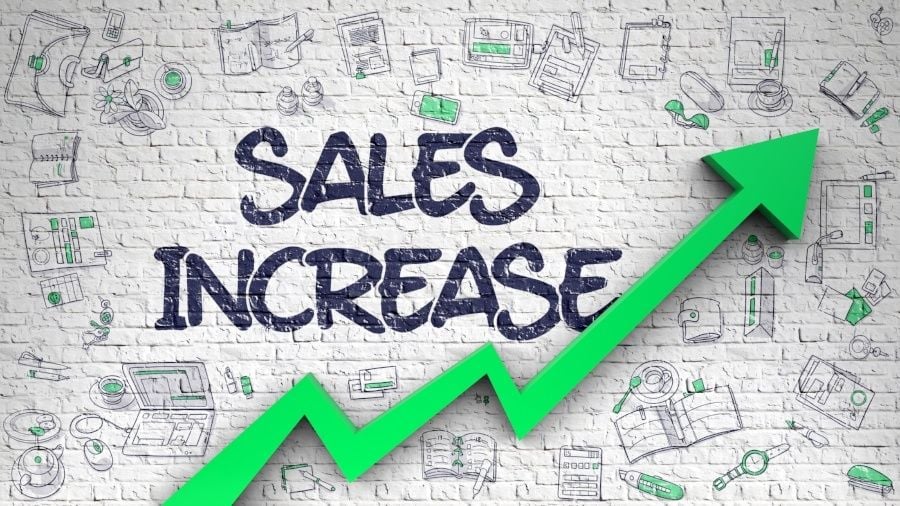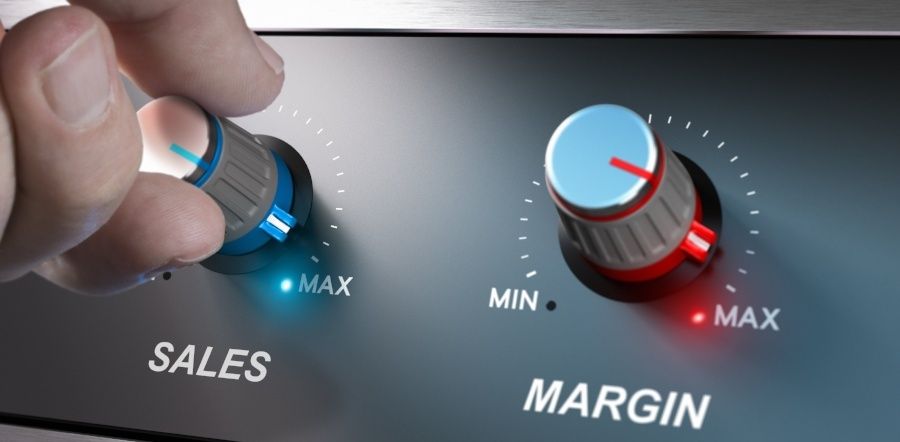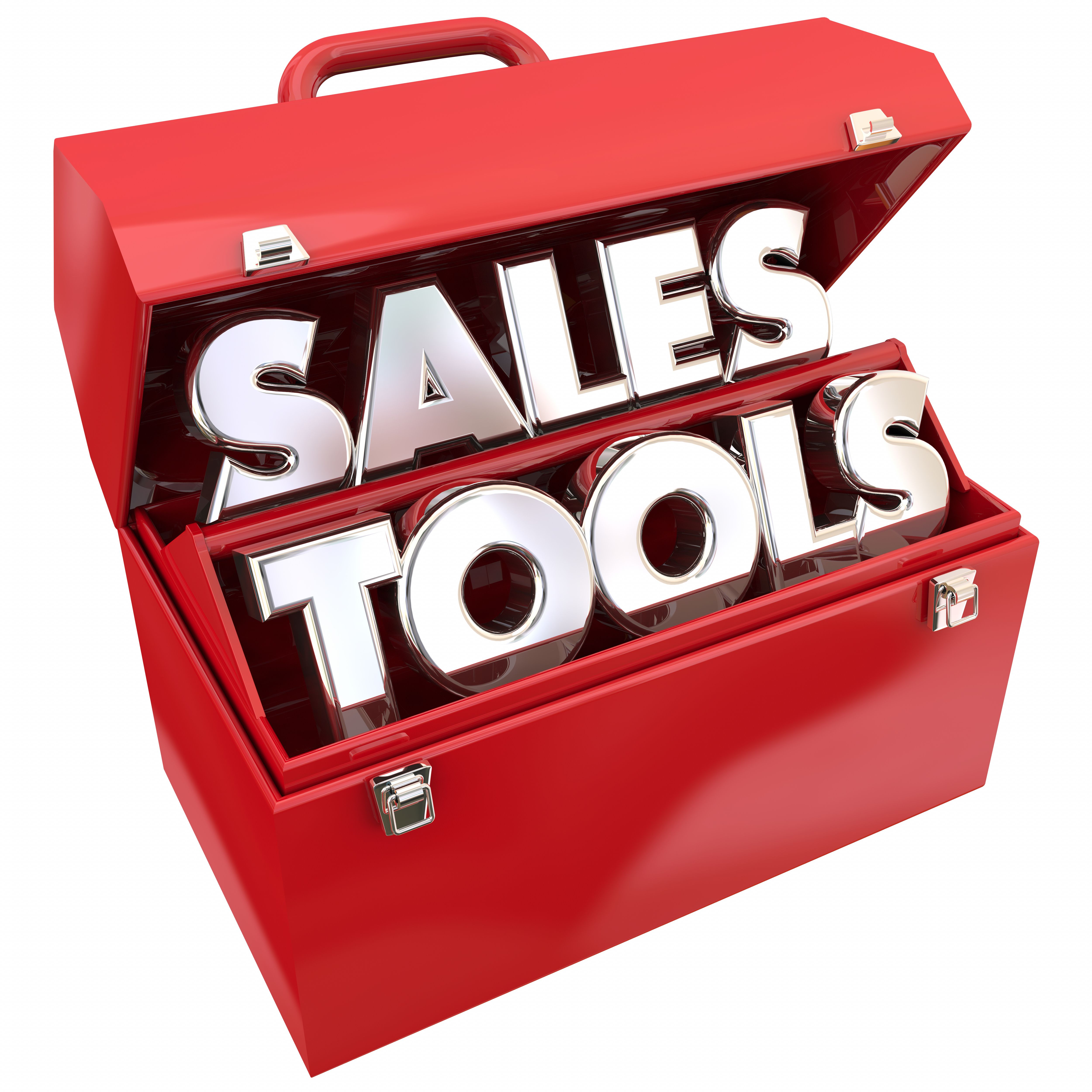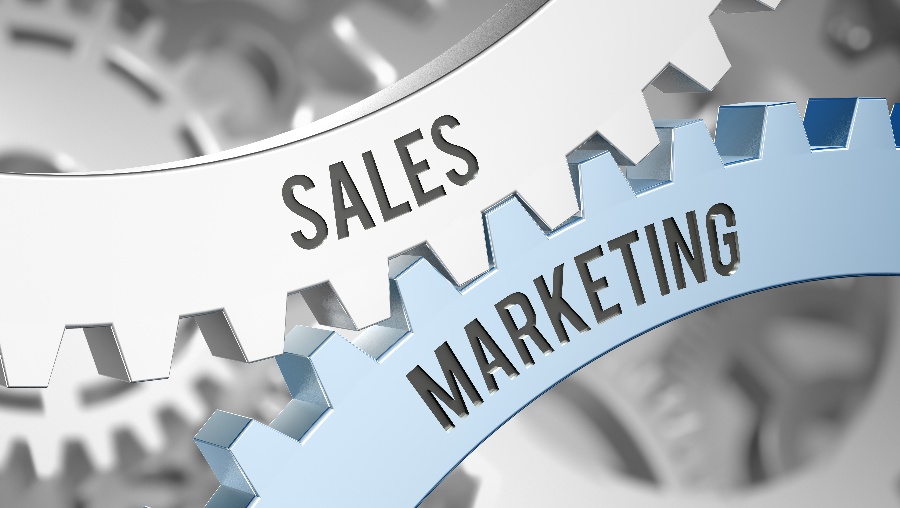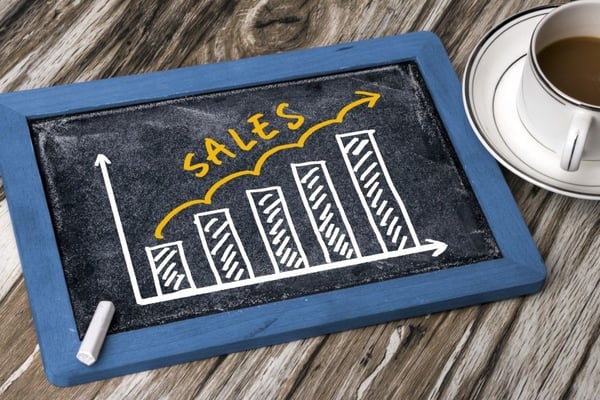
There are some significant differences between inside sales and outside sales. As you look to hire your first salespeople or restructure your already-existing team, having an understanding of the differences between the two is absolutely critical for long-term success.
Sales reps in both inside sales and outside sales typically have two completely different skill sets.
Putting together an effective sales team requires that you are able to identify what skill sets an individual might require to reach their potential within your strategy and team and hire effectively toward that goal.
Here at RiseFuel, I work with companies to improve their sales teams through sales enablement.
A big part of my job is educating my clients on the different sales strategies and identifying which might be the best fit for their company.
In this blog post, I’ll cover the differences between inside sales vs. outside sales and outline some differences between the two strategies.
Source: MindTickle
Inside Sales Vs. Outside Sales 101
At the most basic level, the difference between inside sales and outside sales comes down to how and where the sales process is conducted. In inside sales, the sales process is mostly conducted remotely.
Inside sales reps are able to identify, nurture, and close leads using remote solutions for video conferencing, email, and text messaging.
They embrace modern technology in the professional setting, allowing them to improve the scalability of their operations.
Outside sales reps typically meet their prospects in a scheduled face-to-face meeting. It’s the traditional way of doing sales.
According to the U.S. Department of Labor, an outside salesperson must be “regularly engaged away from the employer’s place or places of business.”
There once was a time when the outside sales professional was the standard, and often only, type of salesperson within a business.
Inside sales simply wasn’t a thing back then. There weren’t the same cost-effective software and tools available to facilitate sales in the way that we have today.
The sales industry has evolved, but on the ground floor, the main differences separating inside and outside sales professionals are simply where the work is done and the tools that they use.
Now let’s dive into some of the specific differences between the two and examine how these differences have an effect on the organizations that employ the strategies:
Key Difference: Closing Strategies
As we examine inside sales vs. outside sales, one of the key things to understand is that inside sales reps are highly reliant on their tools.
Inside sales reps seek to track every interaction with a prospect through a high-quality customer relationship management (CRM) tool.
These tools typically offer email management, tracking phone calls, and SMS functionality to ensure that they can connect with prospects through the channel that gives them the best chance of success.
That doesn’t mean that outside sales professionals don’t use CRM software. They do. They just don’t rely on it in the same way that inside sales reps do.
Outside sales reps rely more heavily on equipment and on-site demos to connect with their target audience.
Much more of their business is done face-to-face compared to inside sales reps.
Key Difference: Sales Cycle Length
Any salesperson in the B2B industry knows that the industry is known for its incredibly long sales cycles.
Sales reps may spend months engaging with a prospect before they have all stakeholders within the organization on board. However, inside sales cycles tend to be shorter than those performed by outside sales reps.
Because the process places the emphasis on lead scoring, reporting, and tracking interactions with prospects, inside sales reps, are able to more effectively communicate with their prospects and all stakeholders using account-based marketing principles.
Key Difference: Costs
One key difference between inside and outside sales is in the cost. Outside sales reps tend to require more of a budget as they have to set meetings with clients in fancy restaurants and entertain prospects during the sales process.
Your inside sales team only needs the tools required to do their job. All meetings can be handled through video conferencing software.
Other investments include their CRM system and other tools that you use to track and facilitate the sales process. They don’t have to invest in the dinners, golf club memberships, and flights that outside sales reps do.
Additionally, inside sales reps tend to skew younger and command lower salaries. With inside sales, you aren’t just saving money on your budget — you are saving money on your salaries as well.
Let’s take a look at the average salary for each position:
Average Salary of Inside Sales Reps:
Average Salary of Outside Sales Reps:
While the difference between the two is only about $5,000 on average, the savings can really add up as you scale your sales team.
Key Difference: Scalability
Another key difference between inside sales and outside sales comes in the scalability of the two strategies. In inside sales, salespeople are able to facilitate relationships with their prospects from all over the world via their computers.
They are also able to maintain more relationships by leaning heavily on their CRM platform to track interactions with prospects. They are simply able to juggle more prospects at once than your average outside sales rep.
An outside sales rep can only pitch clients in person, and typically only a client or two per day. Inside sales are simply more scalable.
Because of the nature of the position, they have the ability to focus on smaller details and close more deals altogether than outside sales reps who must dedicate more of their time to a single prospect before closing the sale.
A Critical Choice
In this article, I’ve outlined some key differences between inside and outside sales reps. If you can’t tell, here at RiseFuel we advocate heavily for the inside sales strategy.
However, that doesn’t necessarily mean that it is the right choice for everyone situation. There are definitely some situations where an outside sales professional is the right choice for your business.
Consider the key differences that I outlined in this article when you make your decision. Sales teams are an expensive investment and it is difficult to pivot from one strategy to another as the sales reps that you hire will have completely different skill sets.
If you would like to learn how I can help you to grow your sales through sales enablement, click here to learn more.







